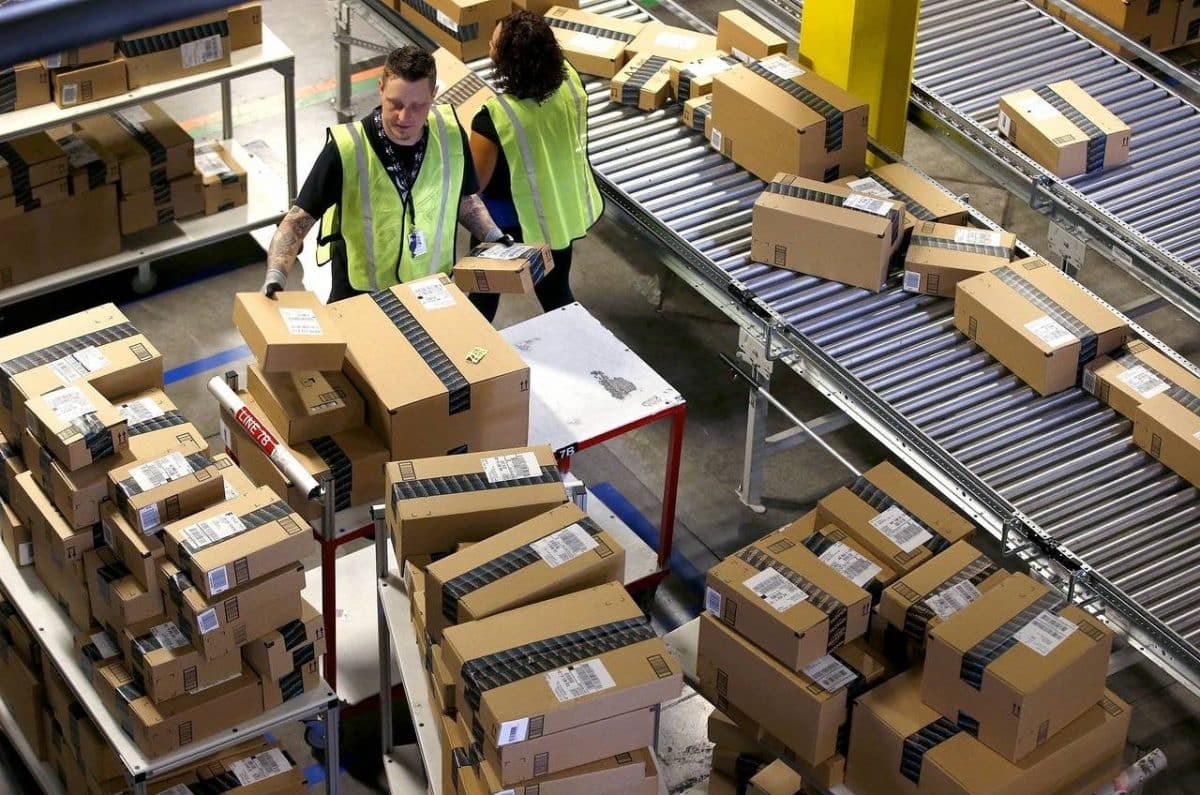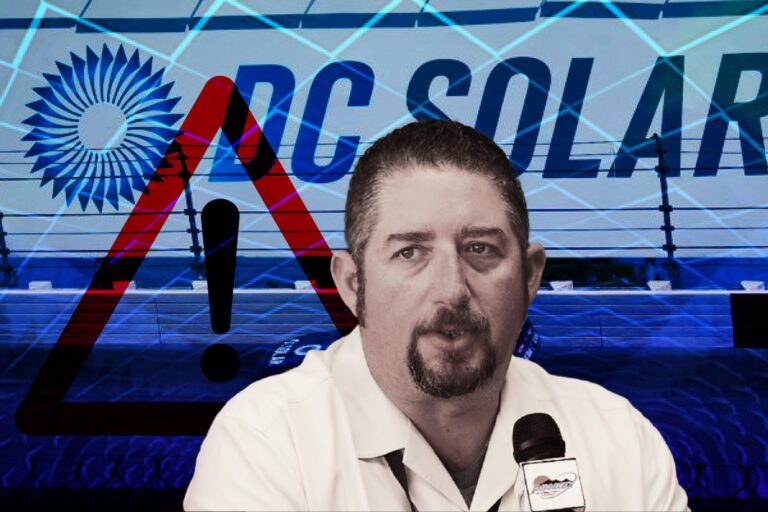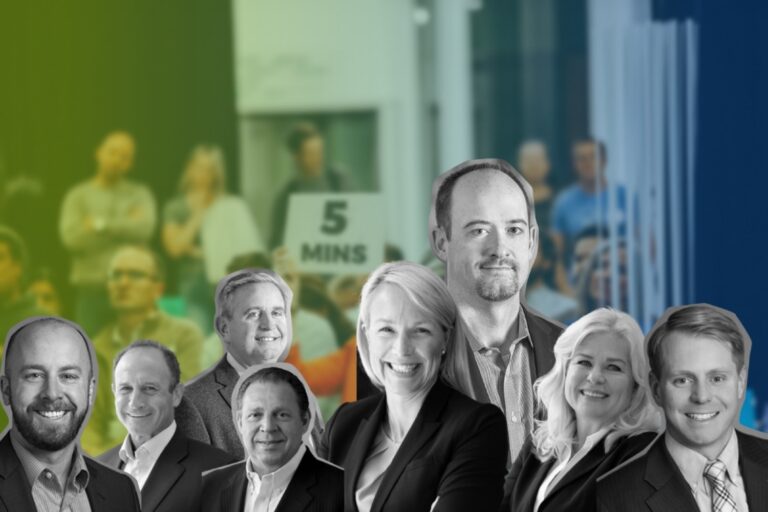Colorado: Supply Chain’s Software Development Life Cycle – An A to Z Guide
A ‘supply chain’ is depicted as:
A supply chain is a system of organizations, people, technology, activities, information and resources involved in moving a product or service from supplier to customer.
–Wikipedia
Technology are now making supply chain possible to minimize risks and enhance system delivery with supply chain software management. Most of us thought that the standard depiction for a software development value stream starts with coding and end with code, the life cycle for this usually begins with the company and end with the customer. But it is not that simple!
Taking a step back with manufacturing a supply chain which transforms natural resources, raw materials and components into a finished product that is delivered to the end customer, the process includes a bunch of components and the business quickly become an acquirer. Why, you may ask? Taking manufacturing a car for example, there are a thousand of complex components to let it go the final product. The role of a manufacturer is that if their business doesn’t expertise in any stages making a car then finding a supplier is a must. And more than that, as an acquirer, they have to look for a qualified supplier for each stage with costs as affordable as possible to optimize costs for their business but still match with other stages in the supply chain.
As a result, what all suppliers need to do is design specifications, quality requirements and back with the best component in time. And for the acquirers, it is not just about having to own the manufacturing – the facilities, equipment and people – of the components for cost benefits, it’s about them finding the right suppliers with their extreme negotiation ability to reduce costs as the manufacturing scale.
How Supply Chain Software Management Helps the Industry?
It’s not that tired anymore with a full cycle of supply chain software development!
As we all know, supply chain management is a very useful tool. It can handle the entire supply chain – from the suppliers up to the customers. To that end, relieve your burden in finding a qualified supplier.
A good supply chain management software can help automate major processes which reduce a lot of time during production and administrative costs, such as order processing, invoicing and shipment tracking. Software development management also has the ability to identify excess materials or processes and possible cost-savings in logistics, warehousing and manufacturing.
And most important thing, that is technology! And technology is always updated! Your system will be up-to-date with fresh innovations as you update your server since all your stages are visible and transparent which will improve human error that may lead to a bad result for the final product.
And Why Do You Have to Build Your Supply Chain Software Development Life Cycle in Colorado?

When it comes to software development, Colorado should be marked as an early adopter. Even large or small enterprises are thriving to leverage their quality of software and systems delivery in the logistics and supply chain competitive market.
Technology in the logistics industry is relentlessly developing with its dynamic trends. As a result, adapting a supply chain management software (SCM) is an urgent for your firm in Colorado right now, or else, you are left too far behind your competitors!
Let me get this straight, SCM software is undoubtedly an essential part for your business solution. Aware of all these things, you may wonder if you are newcomers in the supply chain industry or you used to adopt technology in your system but failed, what would you do? Don’t worry, leaders! We bring you an intensive guide that describes from A to Z how a software development life cycle in the supply chain should be.
Let’s see!
Supply Chain Software Development Life Cycle – How to Build?

A life cycle for SCM depicted as five process arrows—Plan, Develop (Source), Make, Deliver and Return—as figure above represented what companies should be doing to integrate their logistical functions (such as warehousing, transportation, and inventory management) with their manufacturing and procurement functions. And the same with the management of software, but it’s much more convenient!
Step 1: Planning
Planning is the initial stage of the supply chain process, which needs to develop a plan or strategy to show how the products and services will meet the demands or necessities of the customers, optimize the flow of process to balance supply of materials. This stage is mainly focus on creating a strategy that provide maximum profit. But this is the old ways of supply chain management.
With software supply chain, no human labors needed! The coordination is making sure the right code applied for the product features. Moreover, the planning activities is now minimized by devops models. Companies that devops is an emergency need to fight against legal, regulatory, contractual and customer obligations making the process lengthy and tougher. The supply chain approach to planning involves optimizing interfaces between different roles and different planning rules, and an important success factor is the ability integrate them in an effective way.
Step 2: Develop (Source)
After planning, the next step in the traditional supply chain management involves developing or sourcing. In this stage, businesses mainly concentrate on building a strong relationship with suppliers of the raw materials required for production. This includes not only identifying trusted providers but also define different planning methods for shipping, payment and delivery of products. But what if you can’t find a match supplier for your supply chain, what would you do?
Software development also based primarily on the source component-according to a recent study by Sonatype, open source now forms the majority of the software products: approximately 80-90 percent of the code in modern applications is from open source components.
Companies don’t need to select suppliers to deliver the items and services they require to develop their product. In this stage, delivery, payment processes and a set of pricing are all set by software which can also create metrics for managers controlling and improving their process.
Step 3: Make
The stage includes with production activities schedule, products testing, packaging and release. Companies must also manage performance rules, data must be stored, regulations and compliance facilities. These things are quickly removed if you start to choose automate it on a system which will help you in data storage, schedule activities, and a set of time to release.
Step 4: Deliver
The delivery stage includes all steps from processing customer inquiries to selecting strategies for distribution and transport options. Companies must also manage warehousing and inventory or pay for these tasks for a service provider. The delivery stage also includes any period of trial or warranty, customers or retail sites have to be invoiced and payments received and companies must manage import and export requirements for the finished product
With supply chain software development, no worries to letting the product deploy when a prospect cancelled, the software is able to surface all of the in – progress activities undertaken for a specific contract or all of the features planned for a new customer which is visibility and traceability throughout the entire lifecycle.
Step 5: Return
Return involves managing all returns of defective products, identifying the condition of the product, authorizing returns, scheduling product shipments, replacing defective products and providing refunds. SCM will help companies in product returns, monitoring performance and costs, managing inventory of returned product
But Everything Has Their Own Drawbacks
One big minus for supply chain management software development is that it may cost you more than you expected. So the software costs, on – site installation, as well as ongoing running and maintenance should be considered.
By using, for example, open source supply chain management software, or Software as a Service (SaaS) solutions, you can mitigate costs somewhat, eliminating the need for in – house maintenance and costly installations.
Software integration, ERP for example, is another important consideration. Integrating a new solution with existing systems can often be difficult. In order to set up and run the system, you may need to invest considerable time and training.
Take Away
A good lifecycle for supply chain software management is an essential part for your business solution. Apart from minor drawbacks which can be solved quickly, building your businesses with software is truly a great life time experience which lowers labor rate, keeps all processes transparency and visibility, minimizes risks of human errors, etc.
Since supply chain management is not the biggest challenge in enterprises, technology is proving its ability to make things possible, in a positive way.
Want to make your supply chain possible?
For every stage in the supply chain that holds your business back, experts at EnvZone is ready to help!
Related Post:
Criteria in Supply Chain and Logistics Service to Speed up on the Sale Race









